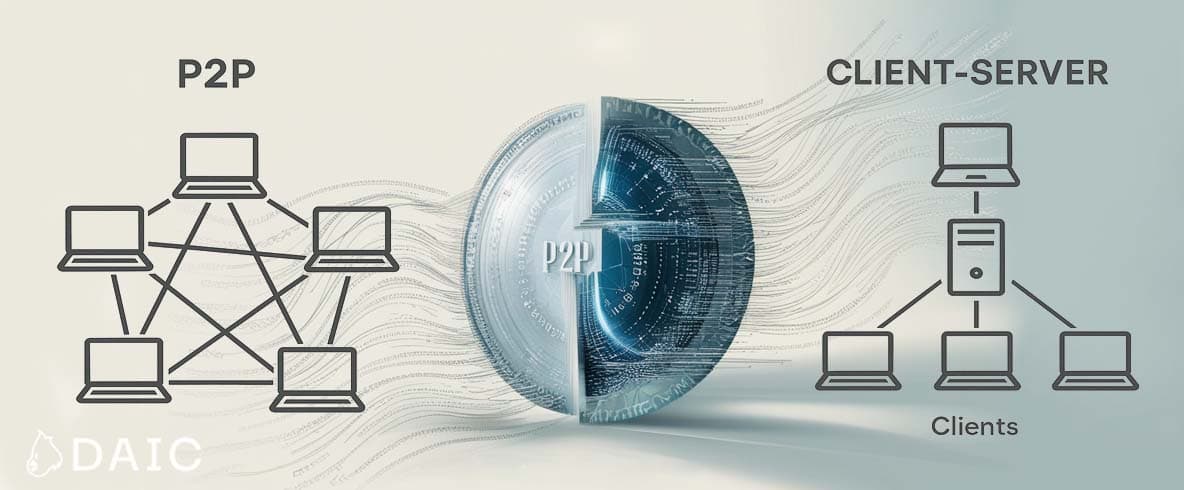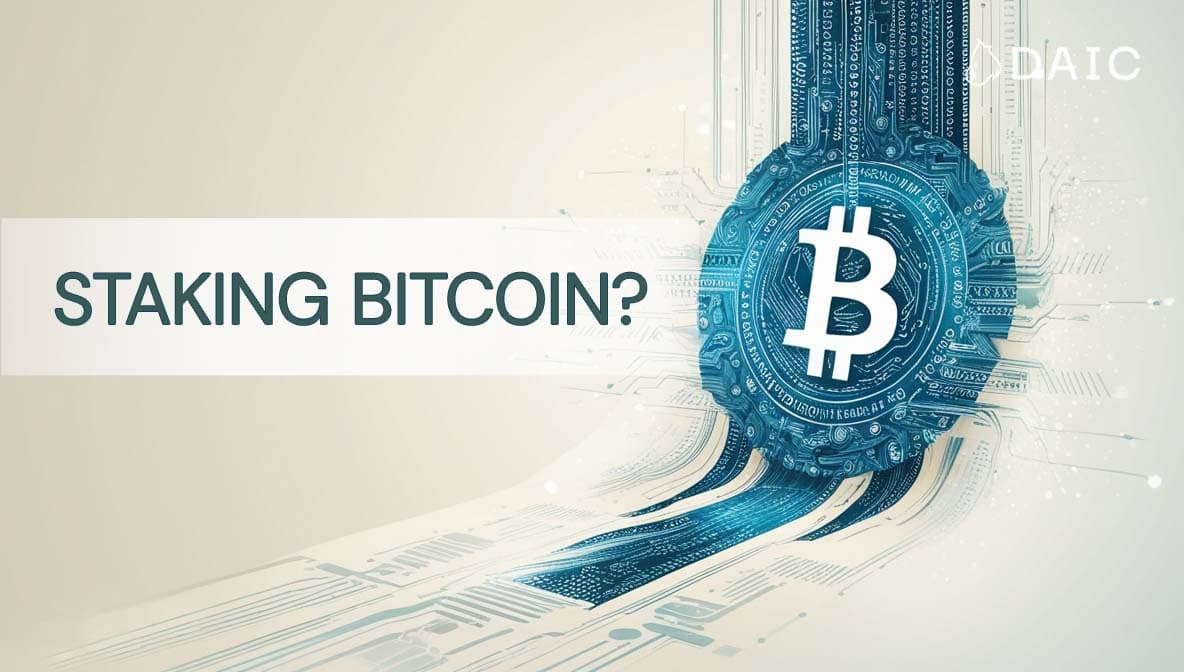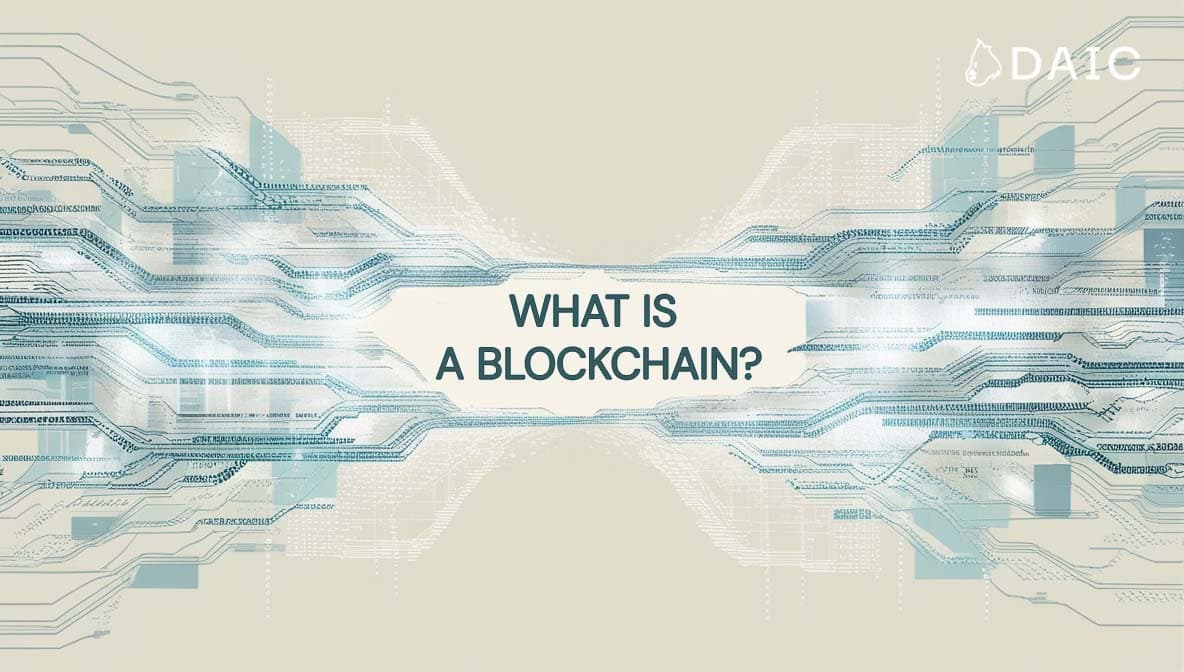Have you ever wondered how some online systems exist without seeming to be operated by a company? The answer lie in Peer-to-Peer (P2P) networks. P2P just refers to personal computers or devices ("peers") communicating with each other directly rather than through a central hub or server. Let's learn more about how this works and where you might encounter it.
Key Takeaways
- Peers connect directly, no central point needed.
- Power and work? Shared among the network members.
- P2P underpins many file-sharing applications and is the basis for most cryptocurrencies.
- Being spread out often makes these networks tough to shut down.
How's P2P Different from Regular Web Surfing?
Most of our internet activity uses a "client-server" model. When you visit your favorite news website or social media services, your device (the client) requests the page from the website's powerful computer (the server). That server sends the information back to you. It's like going to a central library (the server) to borrow a book.

P2P is different. It's more like a book-swapping club among friends. If you want a book someone else has, you might get it directly from them or through another member. There's no single library building managing everything; the members coordinate among themselves.
What Are the Benefits of P2P?
Okay, so why build things this way? Couple of reasons:
Robustness: Without a central point, P2P networks can keep working even if some peers go offline. There's no single "off switch".
Efficiency: Large file sharing can be quicker since you can download parts from multiple peers at the same time, distributing the load.
Less Central Control: It could be harder for a single entity to censor or block interactions occurring directly between peers.
Where Do We Find P2P Networks?
File Sharing: BitTorrent is the classic example people know. It lets you download large files by getting little bits from many different users simultaneously. Direct P2P sharing in action.
Blockchain and Cryptocurrencies: This is a huge area for P2P! Bitcoin, Ethereum, and many others rely on P2P networks. Computers running the software (called "nodes") connect as peers. They all maintain a shared, identical copy of the transaction history (the ledger) and pass updates directly between themselves.
- Sending Crypto – How it Works: When you send cryptocurrency, you're not connecting only to your friend's device instantly. Instead, you broadcast your transaction request to the P2P network, where peers (nodes) collectively verify this transaction based on the network's rules (like checking if you have enough funds). If it's valid, they add it to the shared ledger.
- The P2P Advantage Here: While nodes enable the process to occur, it's considered P2P since you completely bypass traditional financial middlemen like banks. Validation and recording are done by the distributed network of nodes according to automated rules, not a central authority.
Wrapping Up
Therefore, Peer-to-Peer networking is all about direct connections between peers that create distributed systems with no centralized point of control. It's a building block that enforces effective file sharing and facilitates the decentralized nature of most cryptocurrencies, offering new benefits in terms of resilience and autonomy. It's an alternative approach to constructing digital interaction based on collaboration between peers.
The information provided by DAIC, including but not limited to research, analysis, data, or other content, is offered solely for informational purposes and does not constitute investment advice, financial advice, trading advice, or any other type of advice. DAIC does not recommend the purchase, sale, or holding of any cryptocurrency or other investment.


